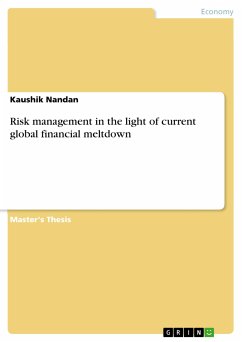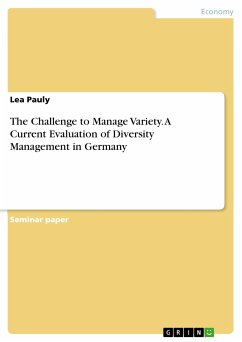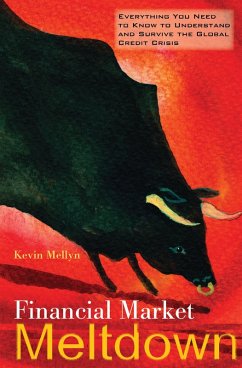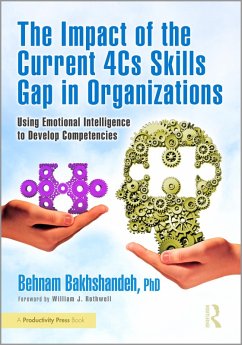
Risk management in the light of current global financial meltdown (eBook, PDF)
Versandkostenfrei!
Sofort per Download lieferbar
Statt: 27,95 €**
18,99 €
inkl. MwSt. und vom Verlag festgesetzt.
**Preis der gedruckten Ausgabe (Broschiertes Buch)
Alle Infos zum eBook verschenkenWeitere Ausgaben:

PAYBACK Punkte
0 °P sammeln!
Master's Thesis from the year 2009 in the subject Business economics - Business Management, Corporate Governance, University of Glasgow, course: M.Sc in Management, language: English, abstract: The study illustrates the poor risk management by financial institutions which have resulted in the global financial meltdown. The reality of practical risk management is much complex involving issues from regulations to innovations. There are a number of issues which are interconnected and financial innovations have tied everything together in such a way that it has created a huge systemic risk for the...
Master's Thesis from the year 2009 in the subject Business economics - Business Management, Corporate Governance, University of Glasgow, course: M.Sc in Management, language: English, abstract: The study illustrates the poor risk management by financial institutions which have resulted in the global financial meltdown. The reality of practical risk management is much complex involving issues from regulations to innovations. There are a number of issues which are interconnected and financial innovations have tied everything together in such a way that it has created a huge systemic risk for the whole financial system. The evaluation of the failed risk management which was practiced in reality is the focus of this dissertation. The dissertation begins with the established risk management theories and different types of risks that can be identified. The models that are critiqued in the study are widely used by present financial institutions. The issue of subprime crisis which eventually led to the global financial meltdown is something not found directly in risk management theories. Further insight is provided with two case studies. Solution to the issue is deliberately not suggested as it would be another temporary solution before the next crisis. It is risk managers and top management who has to take rational decisions and carefully analyze their investment decisions.
Dieser Download kann aus rechtlichen Gründen nur mit Rechnungsadresse in A, B, BG, CY, CZ, D, DK, EW, E, FIN, F, GR, HR, H, IRL, I, LT, L, LR, M, NL, PL, P, R, S, SLO, SK ausgeliefert werden.













